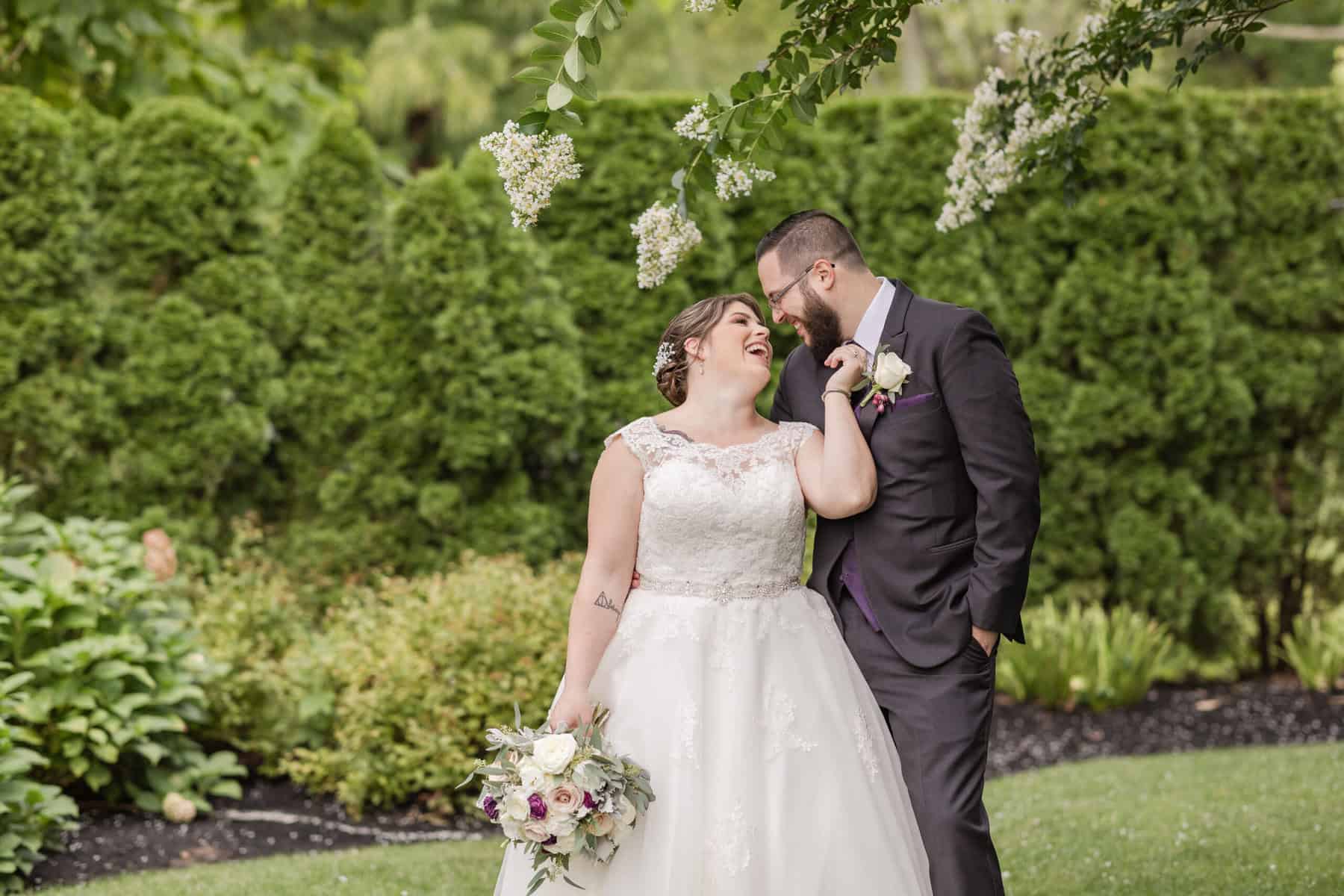A self-uniting marriage, also known as a self-uniting ceremony or Quaker marriage, is a type of marriage ceremony where the couple officiates their own wedding without the need for an ordained officiant. This type of marriage is legally recognized in certain jurisdictions, including Pennsylvania, where it is commonly associated with Quaker traditions.
Here’s how you can have a self-uniting marriage in Pennsylvania:
- Check Local Laws: Self-uniting marriages are legally recognized in Pennsylvania under certain conditions. Before planning a self-uniting marriage, make sure to check the specific requirements and regulations in the county where you intend to get married. Each county may have its own rules and procedures.
- Obtain a Marriage License: Just like with a traditional marriage, you’ll need to obtain a marriage license from the appropriate county office. This typically involves visiting the Marriage License Bureau in the county where you plan to marry, submitting the required documents, and paying the necessary fees. Be sure to inquire about any additional requirements for a self-uniting marriage.
- Understand Legal Requirements: In Pennsylvania, couples choosing a self-uniting marriage must sign a declaration on the marriage license attesting to their intent to marry each other without the presence of an officiant. The couple and two witnesses (who must be at least 18 years old) sign the marriage license during the ceremony.
- Plan the Ceremony: Design your self-uniting ceremony according to your preferences and beliefs. Since there is no officiant, you have the freedom to customize the ceremony as you wish. You may include vows, readings, music, and other elements that are meaningful to you as a couple.
- Gather Witnesses: Pennsylvania law requires the presence of at least two witnesses who are at least 18 years old to sign the marriage license during the ceremony. Choose individuals who are willing to fulfill this role and who meet the legal requirements.
- Conduct the Ceremony: On the day of your wedding, conduct your self-uniting ceremony according to your plan. Exchange vows, rings, and any other rituals you’ve chosen to include. When it’s time to sign the marriage license, ensure that both you and your partner, along with the witnesses, sign the document as required by law.
- File the Marriage License: After the ceremony, the signed marriage license must be filed with the county clerk’s office within the designated timeframe. This completes the legal process of getting married.
Remember that while self-uniting marriages offer flexibility and autonomy, they may not be legally recognized in all jurisdictions. Be sure to research and understand the legal requirements in your area before proceeding with a self-uniting ceremony.
